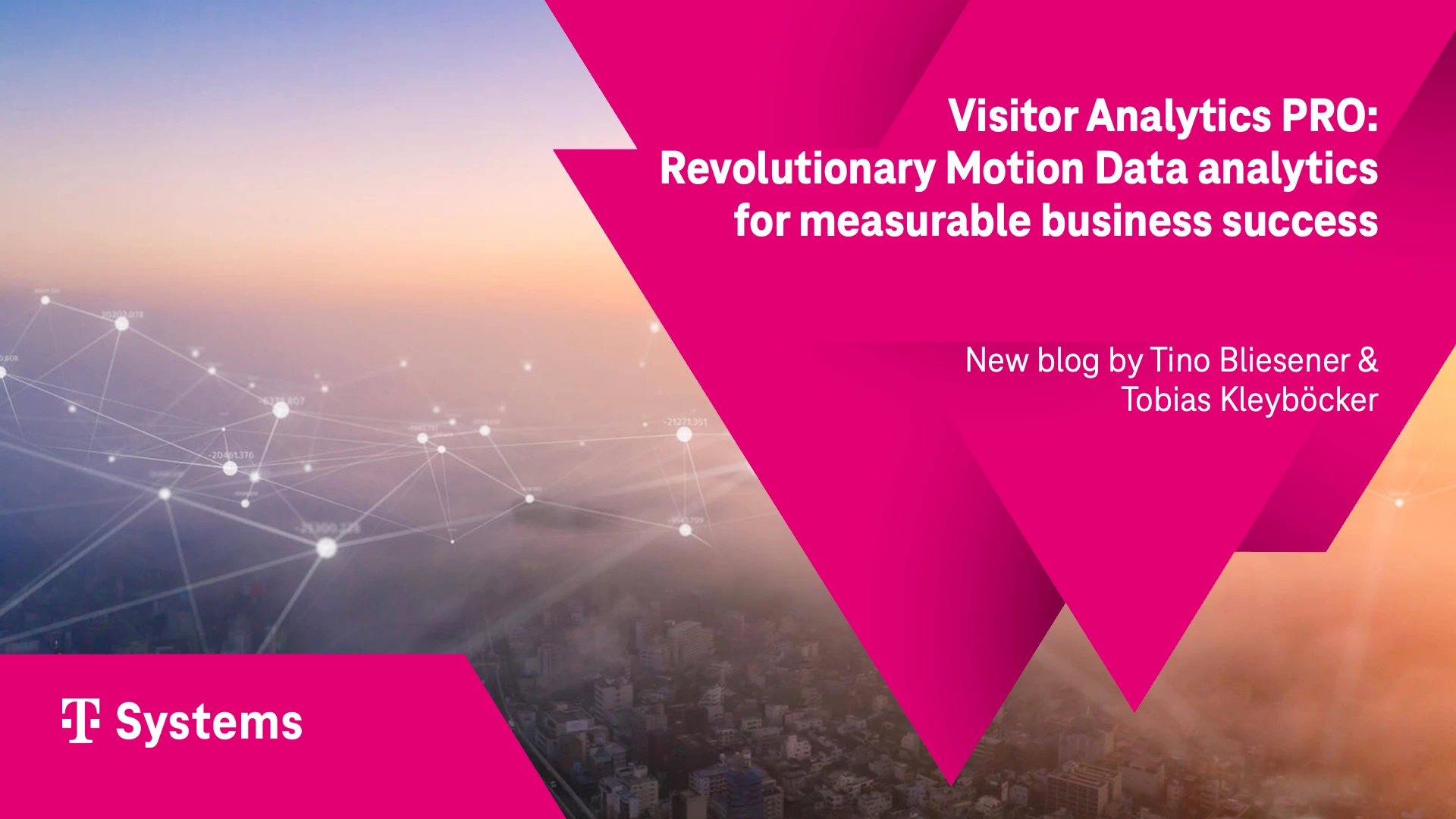ITS World Congress
The ITS World Congress is a global event that brings together industry leaders, policymakers, and researchers to discuss and showcase the latest advancements in intelligent transportation systems (ITS). The Congress provides a platform for experts to exchange ideas and collaborate on solutions to improve transportation safety, sustainability, and efficiency.
Figure 1: Exporting IDSA & Gaia-X dataspace innovation to the USA at ITS WC 2022 in LA
2022 ITS WC in LA
The 2022 ITS World Congress in Los Angeles is critical for several reasons. Firstly, Los Angeles is a central hub for transportation and technology, making it an ideal location for showcasing the latest innovations in ITS – for example, nearly 40% of US imports flow through LA ports. Secondly, Congress is taking place at a critical time for the transportation industry. The world grapples with issues such as climate change, urbanization (see Schlueter Langdon 2021a, for example), and the adoption of new technologies like autonomous vehicles (see "LA Autonomous" in our story on the 2023 LA Autoshow, link DIH53). As if to underline the importance of the Congress, Germany's car business, a vital contributor to the German economy, was an active participant with its booth in the main conference hall (see Figure 1 upper right corner: "Invented the car. Always reinventing it").
How IDSA & GAIA-X can help with better, faster, cheaper
How to create attention in the USA? Stop talking, start doing, and show how it is done: better, faster, and cheaper. No doubt: The US is an innovation engine. New companies and even industries are created constantly, like Amazon, Google, Facebook, Tesla and OpenAI of ChatGPT fame recently. So "doing" is vital, and that is what we did with our dataspace-in-action demo. Instead of another talk, we let the audience use our mobility super-app to find the best intermodal trip. The only caveat: Trips were limited to the city of Hamburg, Germany's second-largest city and, like LA, a seaport - well, nobody is perfect. The super-app is powered by a novel "dataspace inside" that creates the data chains across competing mobility providers. Those are required for the intermodal travel chains that allow travelers to get from point A to point B better, faster, and cheaper (see Figure 2 with an intermodal A-B trip displayed on the map to the left). This dataspace technology is a European innovation refined and launched into adoption by International Dataspaces Association (IDSA; link) and Gaia-X (link).
Figure 2: Mobility super-app demonstrator powered by a dataspace
Action! Dataspace in Hollywood: Mobility super-app made in Europe
This project was realized by the Deutsche Telekom Data Intelligence Hub Team of T-Systems together with Urban Institute as part of the Reallabor Hamburg or RealLabHH project as a lab of the German Federal Government's National Platform Future of Mobility (NPM) with funding from the German Federal Ministry for Digital and Transport. This demonstrator app with dataspace was tested with live data from mobility providers in RealLabHH, including Hamburger Hochbahn AG, Sixt, and Tier Mobility. At the system launch by visitors to the ITS World Congress in Hamburg. The result of better data? Better mobility with 30% faster travel speeds and fewer CO2 emissions. In 2022, RealLabHH was awarded the "Real Laboratory Innovation Prize" by the German Federal Ministry of Economic Affairs and Climate Action (link). The project combined two innovations: (1) a software agent system together with (2) a dataspace to enable a novel super-app, which supports modal shift, i.e., the shift of trips using a personal car to intermodal travel involving the integration of public transport with micromobility, such as electric scooters and shuttles. The dataspace utilizes first generation International Dataspace (IDS) technology that complies with DIN Spec 27070. Figure 2 illustrates user interfaces and underlying system architecture. In order to initiate a trip, a user starts in the digital twin user interface (UI) to enter starting point A and destination B as well as starting or arrival time. While the system calculates route options, the UI is switched to a map view with a widget hovering over it to provide three recommendations based on a user’s travel history or speed-cost-comfort preferences settings.
Learn more from this pioneering project
- Official RealLab Hamburg report (mobility super-app chapter): Link (RealLabHH 2022)
- Customer journeys and system architecture: Link (Schlueter Langdon & Eckert 2022)
- Results – faster travel, easier to use: Link (Schlueter Langdon et al. 2021)
- Business model shift – selling public transport by the seat: Link (Schlueter Langdon 2021b)
References
RealLabHH. 2022. Wir verändern Mobilität – Erkenntnisse des Reallabors Hamburg für eine digitale Mobilität von morgen. Abschlussbericht (2022-04), RealLab Hamburg, Hamburg, link (super-app chapter only: link)
Schlueter Langdon, C. 2021a. Stuck in traffic: How bad is it … do we age faster … how can we fix it? Telekom Data Intelligence Hub Blog, T-Systems, Frankfurt, link
Schlueter Langdon, C. 2021b. Dataspace Enabled Mobility. In: Mertens, C., et al. (eds.). Data Move People. Anthology (version 1.0, October), International Dataspaces Association, Berlin, Germany: 27-41, link
Schlueter Langdon, C. and Eckert, J. 2022. Intermodal travel super app with agent system and dataspace: RealLab Hamburg implementation. Scientific Paper ID 1225984, 28th ITS World Congress, Los Angeles, link
Schlueter Langdon, C., N. Oehrlein, and D. Kerinnis. 2021. Integrated Public Transport: Quantifying user benefits – Example of Hamburg. Technical Paper ID 438, 27th ITS World Congress, Hamburg, link






















